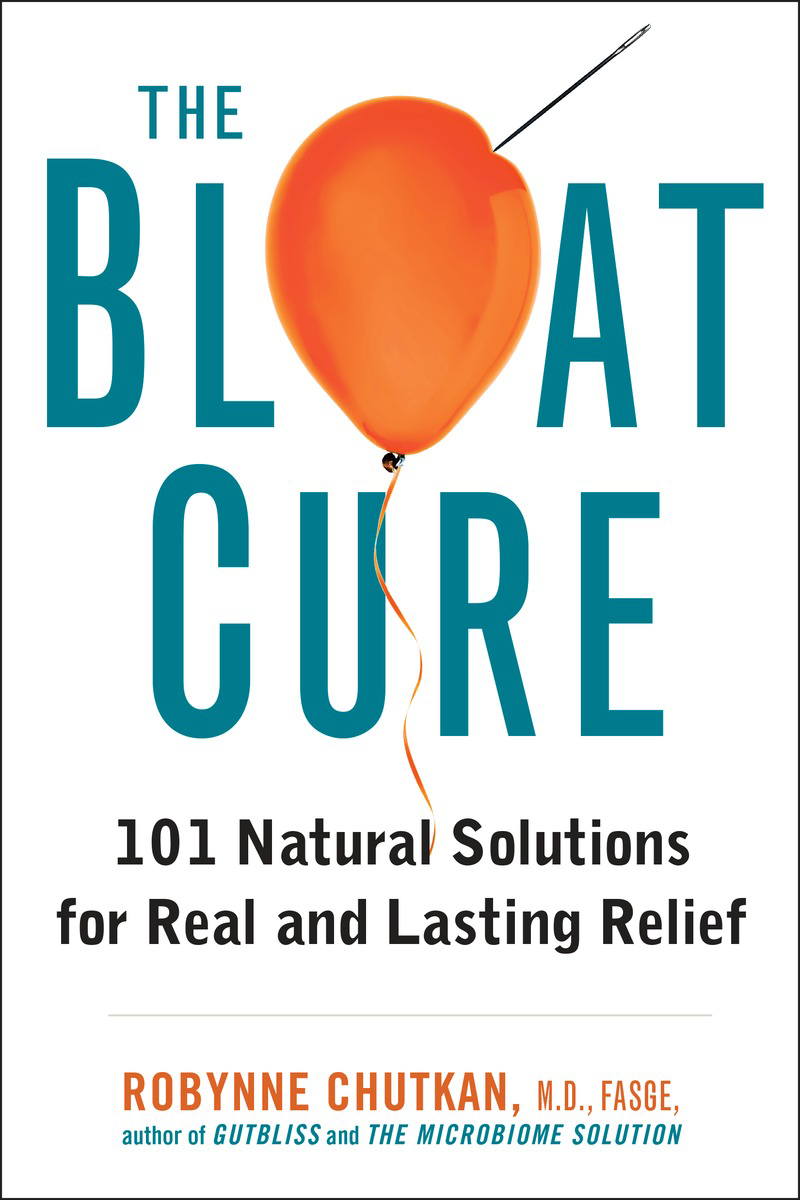Yeast cells are present in low levels in the healthy human colon, where they help with digestion. It’s when yeast-like Candida and other fungi grow too rapidly that a problem arises. Fungal (yeast) overgrowth with organisms like Candida is a form of dysbiosis and something you may have experienced vaginally after taking antibiotics. Yeast proliferates in damp places like under your arms, in your groin, in your mouth or in your rectum. Yeast overgrowth is a real phenomenon, and one that conventional doctors are often skeptical and poorly informed about. Diabetics and immunocompromised individuals are particularly susceptible.
SYMPTOMS
Yeast overgrowth can show up as a cheesy white vaginal discharge; thick white patches on the tongue or in the mouth; red areas under the breasts, in the ears, or itching around the anus that looks like diaper rash; dandruff on the scalp; pustules in the groin or armpits; or nail bed infections. Symptoms vary tremendously and may include:
- Bloating
- Constipation
- Diarrhea
- Depression
- Fatigue
- Food sensitivities
- Headaches
- Impaired concentration / brain fog
- Poor memory
- Irritability
- Nail infections
- Oral thrush (white lesions in mouth)
- Rectal itching
- Vaginal itching
- Skin problems (eczema, acne, hives, athlete’s foot, ringworm, dandruff)
- Unstable blood sugar
- Sugar/carbohydrate cravings
CAUSES
Candida is especially common after taking antibiotics, which causes a reduction in essential bacteria and allows yeast to proliferate unchecked and colonize moist parts of the body. Other factors that may encourage yeast overgrowth are a diet high in starchy sugary foods, excessive alcohol, restrictive clothing, warm weather, poor hygiene, and a compromised immune system.
DIAGNOSIS
Diagnosing yeast overgrowth is primarily a clinical diagnosis based on symptoms and health history, although medical tests do exist that can aid in making a diagnosis. These tests include:
- Blood test: the most accurate test for Candida; a blood sample is tested for Candida-fighting antibodies which include IgG, IgA, and IgM
- Stool analysis: a stool sample is tested for traces of yeast, which isn’t always apparent, making this an unreliable test
- Urine tartaric acid test: a urine sample is tested for tartaric acid, a waste product of Candida, although it doesn’t always show up.
TREATMENT
People usually want to treat their yeast problem with aggressive-over-the counter or prescription antifungals but repopulating the gut with essential bacteria that can crowd out yeast and keep their growth in check is the hallmark of a successful treatment program, not just temporarily suppressing them with medication. Utilizing a robust probiotic is paramount in repopulating the gut and is a recommended place to start in treating Candida overgrowth.






